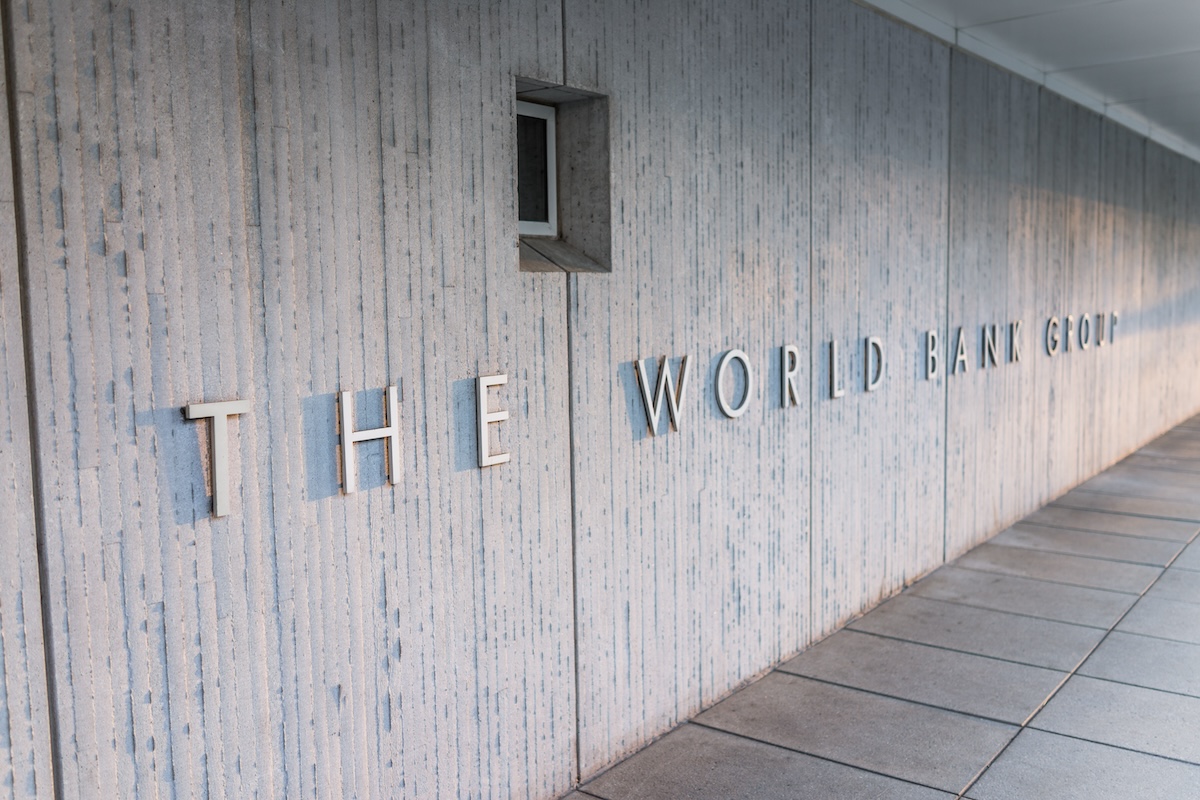Recommended

Event
In the week preceding the October 2020 IMF and World Bank Annual Meetings, the Center for Global Development (CGD) held a four-day conference entitled, “Financing Low-Income Countries: Towards Realistic Aspirations and Concrete Actions in a Post-COVID World.” The conference, originally planned for April 2020, had aimed at taking a realistic look at how low-income countries (LICs) could mobilize financing to achieve the 2030 sustainable development goals (SDGs). But like most things, the COVID-19 virus disrupted the timing and shifted our priorities and focus. Instead we decided to examine the financing landscape for LICs in the wake of COVID-19.
The key words that drove the conference were “realistic aspirations.” We thought that too many discussions of SDG financing had been driven by calculations of what was needed to achieve the targets by 2030, rather than what was achievable. But early on, it became clear that such a singular focus on “need” would never produce financing. Indeed, even before the COVID-19 pandemic, most LICs not on track to meet many of the SDGs. This lack of progress during a period of relatively rapid global growth reflected these countries’ difficulties in accessing external public and private financing on beneficial terms, in mobilizing domestic resources adequately, and in sustaining broad-based reforms to achieve faster growth. The crisis brought on by the pandemic has exacerbated each of these problems.
The conference took a hard look at what the experience has been since 2015 and what can be expected as the world emerges from the pandemic. The first three days of the conference were devoted to the financing modalities that were expected to fill in the gaps left by stagnant aid flows. For each session a background paper was prepared and a panel was tasked to look forward over the next few years and identify concrete and realistic actions that could expand the financial space available to LICs as they recover from the crisis and try to get back on track towards achieving the SDGs.
First up was debt—with borrowing space limited in many countries and calls for debt relief mounting even before COVID (the background paper can be found here). On the second day, experts looked at the private financing landscape, where the promised move from “billions to trillions” is far from being achieved (paper here). The third day was devoted to domestic revenue mobilization (DRM), the area where LICs could articulate their own agendas, but where progress had largely stalled in recent years (paper here).
In a final session, high-level development leaders discussed the takeaways from the earlier sessions and sought consensus on the way forward. Following the conference, a concluding paper was prepared, which placed the financing theme in the broader context of establishing realistic reform agendas in LICs and mobilizing the needed international partnerships.
The detailed suggestions can be found in the papers and conference videos, but we would take away three “big” lessons.
-
First and foremost, there is no single silver bullet that will pull LICs into recovery and accelerate their progress towards the SDGs. But the international community can take a series of incremental actions that will lead to a steady increase in financing, so as to support realistic recovery and development plans. LICs’ ambitions for a sustainable future will be achieved only if matched in ambition by their development partners’ support.
-
Second, in the short term, the most urgent need is to get control of the health impacts of the pandemic in LICs and ensure that its economic impacts do not leave long-lasting scars. This will require that LICs design and implement appropriate measures to protect their populations from the fallout of the pandemic. Donors and the international finance institutions (IFIs) will need to assist LICs in addressing their debt vulnerabilities and fiscal constraints so that these measures can be financed. Given budgetary constraints in rich countries, multilateral development banks (MDBs), need to play an out-sized role over the next five years, stretching their balance sheets to the maximum. And development finance institutions (DFIs) need to step up to help mobilize more private sector investment.
-
Finally, over the medium term, the challenge is as much about reform as it is about financing. LICs will need to position themselves for a robust recovery by doubling down on ambitious reforms that will yield more rapid and inclusive growth. The political stakes will be high, but LIC policymakers will have to clarify their reform intentions and double down on implementation. And, as the global economy recovers, donors will need to raise aid flows and coordinate with IFIs to support these reforms and build long-term capacity in LICs. Such support should be aimed particularly at spurring faster growth, raising domestic resources more efficiently, and enhancing the efficiency and equity of public spending.
The SDGs were always a major stretch for the world and their ambition is even more daunting with the devastation being wreaked by COVID-19. Financing needs are markedly greater than they were on January 1, 2020. Development advocates are right to push for much more ambition from rich countries in supporting LICs. But realistic country-by-country five-year reform and recovery plans, which take account of likely external financing and domestic reforms, will do more to advance the world toward the SDGs than cries in the financial wilderness for more, more, and more.
Disclaimer
CGD blog posts reflect the views of the authors, drawing on prior research and experience in their areas of expertise. CGD is a nonpartisan, independent organization and does not take institutional positions.





